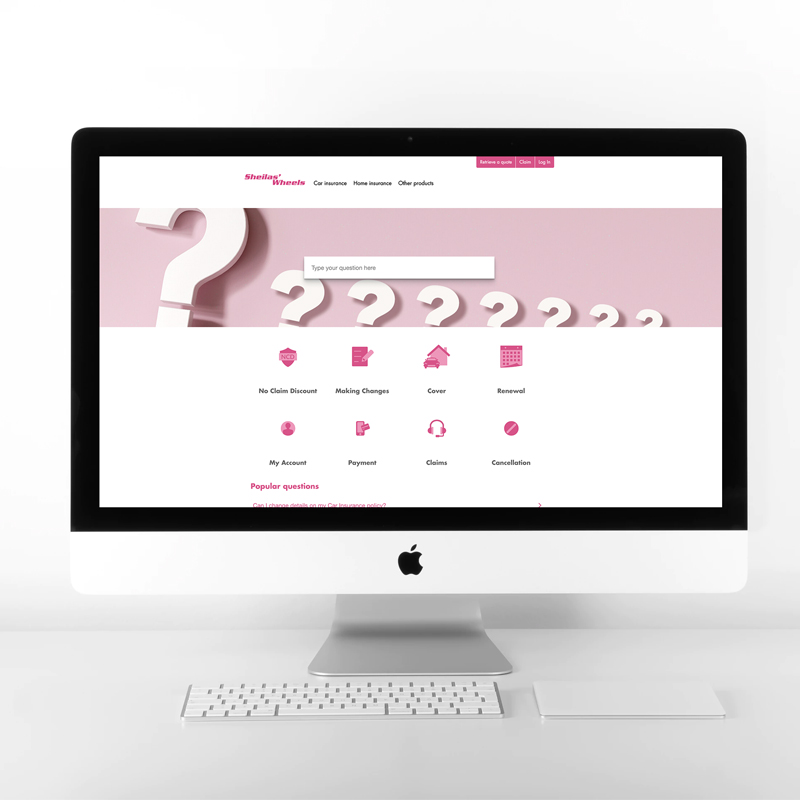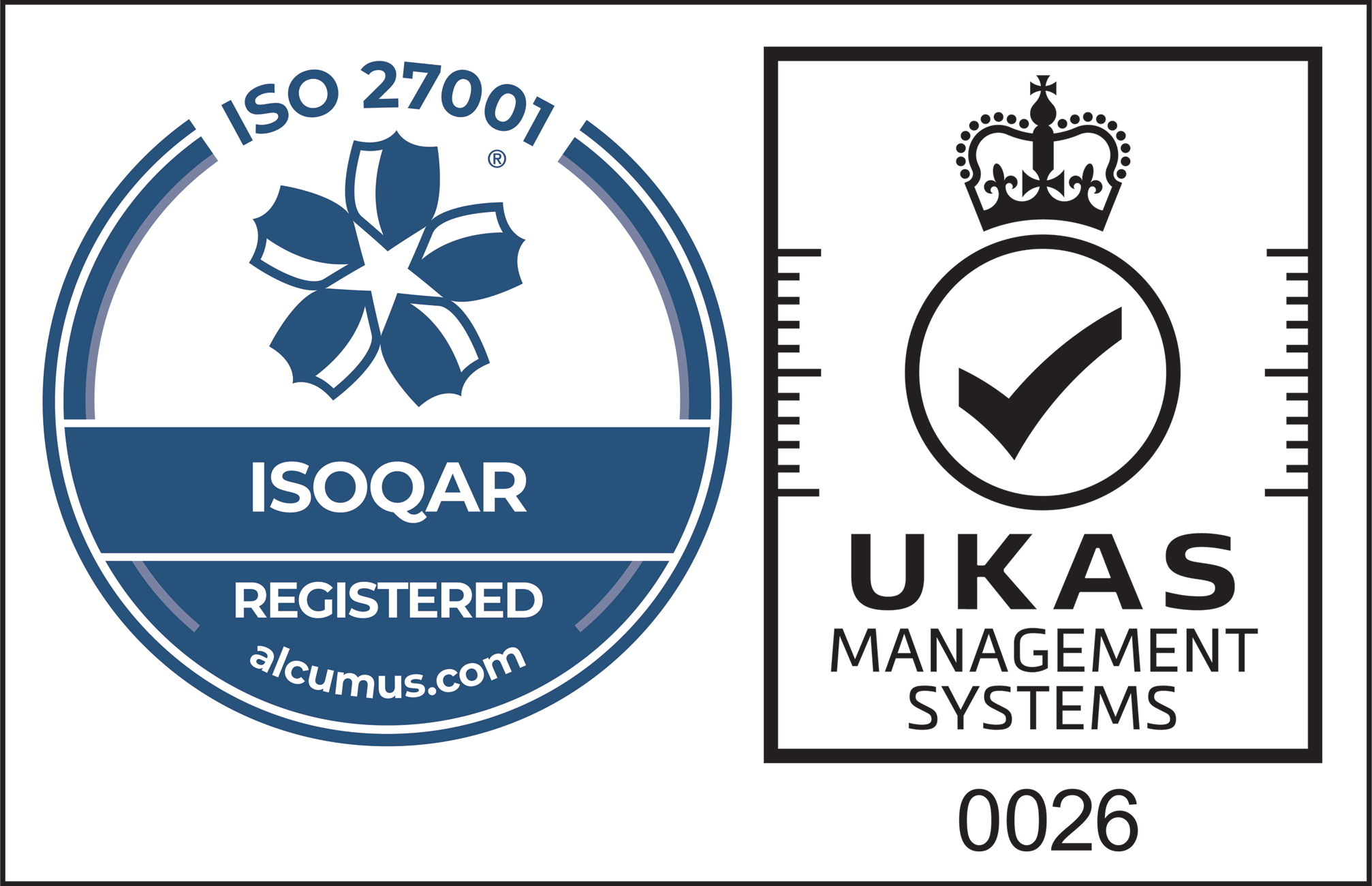This article explores the benefits and use cases for the 3 types of online self-service.
What Is Online Self-Service?
Online self-service software provides customers with a platform to which they can serve themselves; finding answers to questions, sourcing important information and resolving issues.
Within a company’s wider customer service ecosystem, self-service plays a crucial role whilst complimenting other applications. Not only does its capabilities facilitate the handling of mass routine queries at scale, but it also intuitively escalates contact to agent-assisted channels where necessary to ensure that customer needs are always effectively dealt with.
Built using AI, online self-service automatically retrieves results from your centralised knowledge base depending on what a customer has entered. This means that a vast range of routine questions can be dealt with simultaneously without the need for an agent.
For contact centres, this means significant savings on operational and staffing overheads that are associated with processing and handling large volumes of routine queries. Online self-service also creates a greater bandwidth for contact centre agents by handling routine questions, with more time to deal with more complicated customer queries, CSAT and NPS scores thrive.
For your customers, whose expectations of service and digital experience are higher than ever, self-service tools enable convenience and the independence they require to access what they need. Today, customer prefer to do it themselves, it proves far more efficient sourcing their own information rather than waiting in an unnecessarily long queue for an agent to send a simple routine answer to them.
70% of customers now expect a company’s website to include a self-service application.
Further, through the utilisation of Natural Language Processing (NLP), online self-service enhances overall CX. Capable of dissecting customer queries, analysing keywords, intent, grammar and popularity, NLP understands the context of each question. The value here is that regardless of how a question is typed, NLP will understand what is being asked and subsequently produce a relevant answer. This removes the frustration associated with unhelpful, dead-end responses and enhances CX.
Companies deploy online self-service to help reach the following goals:
- Reduction in support costs
- Decrease in routine contact levels
- CSAT/ NPS score improvements
- Enhanced CX
- Increase in contact centre productivity
3 Types of Online Self Service
Online self-service is essential when it comes to effectively delivering CX. There are a number of aspects that will determine what type or types of self-service is right for your company, for example, the ways in which your customers interact with your brand or the nature of your company.
The 3 most common types of online self-service include:
The FAQ-style Portal
The Floating Widget
The Chatbot
The FAQ-Style Portal
Perhaps the most recognisable form of online self-service is the FAQ-style portal. It lives on your website as its own page and is easy to navigate to. Think of this online self-service tool as a knowledge hub that customers actively seek out when they want to find answers.
Unlike static FAQ page solutions, this type of online self-service harnesses powerful AI and integrates with an intelligent knowledge base to produce the most relevant, accurate and up-to-date answers. When your knowledge base is your sole source of knowledge, you can be assured that any information served to customers, regardless of the channel, is consistent.
Read: Why an FAQ page is no substitute to a knowledge base. Here
In the self-service tool’s ‘backend’, the knowledge base editor, knowledge articles are easily added and updated to reflect in real-time. Articles are also added into categories to help customers navigate and find answers quickly.
It works like this:
- Customer either select a relevant category to browse FAQs,
- Or, the customer types their query into the search bar
- Natural Language Processing unravels the query, analysing each keyword, query intent, grammar and popularity
- With query context understood, NLP recognises the multiple ways in which the query might be phrased and identifies the most relevant articles based on this
- The online self-service tool displays these articles
- The customer chooses the article that fits their query
- The customer is satisfied with the article and leaves positive feedback
Key Benefits
- Easy to find and navigate
- Aimed at those who want to self-serve
- NLP utilisation for accurate answers and CSAT
- Knowledge base integration ensures consistency
- Contact reduction for the contact centre
The Widget
The widget is another popular form of online self-service that is structurally the same as the FAQ-style portal, in that it is powered by AI, connects to an intelligent knowledge base and harnesses NLP. However, in terms of appearance and function, it’s different in many ways.
Firstly, the widget’s look is completely different from the FAQ-style portal’s. It is considerably smaller, more compact and only takes up a section of the page. It is essentially a condensed version of the FAQ-style portal, whilst retaining all of the same information.
This is because of its function.
Unlike the FAQ-style portal that offers self-service in one dedicated destination, the widget can be present across a number of pages, available to help customers self-serve regardless of the stage they’re at or what page they’re on. The key difference in functionality between the FAQ-style portal and the widget is this: one is for your customers to actively find and the other is designed to intercept those who might need help – often users don’t recognise they need help until the widget offers it.
This form of online self-service can be configured to trigger when certain conditions are met by users. For instance, a custom trigger may be set up for when a visitor lands on a certain page that has historically led to users asking for help. By bringing help to the visitor, their journey becomes much smoother and more enjoyable, in some cases it helps them act more efficiently.
Not only is the widget persistent, staying with the customer through multiple pages, but by doing so it can help to encourage lead and revenue generation. For instance, a custom trigger set up on your cart page displays the widget after a certain amount of time has passed, the widget prompts the user, asking “Need any help?”. The user does need help, they need a question answering before committing to the sale, so instead of leaving the page to find answers and consequently reducing chances of conversion, online self-service comes to the user.
Key Benefits
- Is designed to proactively offer help
- Can be configured to trigger when certain conditions are met
- NLP utilisation for accurate answers and CSAT
- Knowledge base integration ensures consistency
- Contact reduction for the contact centre
The Chatbot
Although inherently different to the FAQ-style portal and widget, the chatbot is still a form of online self-service. The chatbot takes on the role of the digital concierge, it intercepts the customer early on in their journey to essentially guide them, ensuring they reach their destination and answering any routine questions.
The fundamental difference between the chatbot and other types of online self-service is the conversational manner in which they communicate. The primary search layer that is used to retrieve answers is that same as it’s self-service counterparts, utilising NLP to unpick and analyse queries. But the chatbot also harnesses an additional search layer. Synthetix’s, “Jabberwocky” for example, is the additional search layer that is designed to understand the conversational quirks and colloquialisms used by customers when engaging with the chatbot. If the knowledge base cannot understand these, the search layer kicks in to ensure a conversational response is always delivered through your brand’s tone of voice.
The chatbot facilitates self-service and delivers an experience similar to that of an agent-assisted channel like live chat , all whilst negating the need to involve agents for a large volume of customers interactions.
Key Benefits
- Delivers CX through conversational self-service
- Acts as a concierge, intercepting and guiding customers
- NLP utilisation for accurate answers and CSAT
- Additional search layers deal with quirks and colloquialisms
- Knowledge base integration ensures consistency
- Contact reduction for the contact centre
Which Is Best for Your Customers?
Every company is different, with a number of factors that will influence your self-service decisions, therefore there is certainly no cookie-cutter solution.
Read: The Best Self-Service Software For Customers
For your customers, perhaps just one type of online self-service will suffice, or perhaps a blend is more suitable in order to complement other tools and subsequently the whole customer journey.
Check the benefits listed for each type of self-service against your customer profiles and customer journey maps. You will then have a clearer idea of requirements and solutions.
If you enjoyed this article and would like to know more about self-service you can read our guide, here or for advice on software and implementation, please


